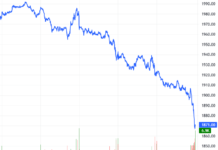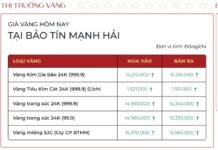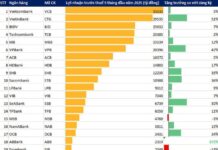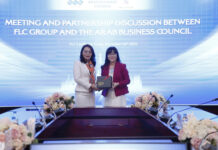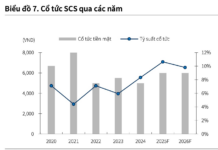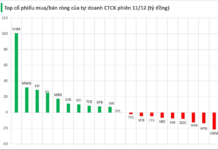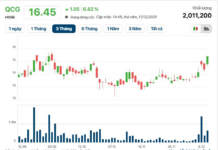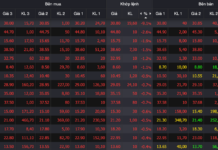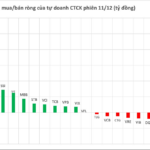
A little-known metal called antimony has surged 300% this year, outperforming gold, silver, and even Bitcoin. With prices soaring from $11,000 to over $40,000 per ton, and a projected value of $50,000 per ton by 2025, antimony is making waves in the commodities market.
The recent spike in antimony prices can be attributed to China’s decision to cut off supply to the US this summer. As the US doesn’t produce any antimony domestically, Western governments are scrambling to secure alternative sources. This has led to a gold rush of sorts, with billions of dollars being poured into regions with antimony reserves.
One such example is Larvotto in Australia, home to the country’s largest antimony mine and the prestigious “Hillgrove Project.” Stock prices for Larvotto have skyrocketed by nearly 600% since the start of 2024, reflecting the market’s enthusiasm for this metal.
The real winners, however, might be companies like Military Metals Corp, which has acquired two of the top ten antimony projects globally. Military Metals is rapidly bringing a new antimony mine online, including the crucial Trojarova project in Slovakia. This Cold War-era mine is estimated to contain nearly 70,000 tons of antimony, valuing it at approximately $2 billion in today’s market.
The significance of antimony was somewhat overlooked following the Cold War, but recent geopolitical tensions and NATO countries’ massive rearmament efforts have pushed demand for this metal to new heights. Military Metals is not putting all its eggs in one basket, though. They are also making moves in North America, specifically targeting the renowned West Gore antimony mine in Nova Scotia, Canada.
With a current valuation of just $12 million, Military Metals is a hidden gem. Their new operations in Slovakia alone are worth $2 billion at today’s antimony prices, and that’s without considering the potential of the West Gore mine in Canada. As the West scrambles to reduce its dependence on China for critical minerals, companies like Military Metals are poised to benefit immensely.
As of September 15, China has tightened its control over the purchase, sale, and export of antimony and its products. With a 32% global reserve share and producing 48% of the world’s antimony, China far surpasses the second-largest producer, Tajikistan, at 25%.
Antimony, a metalloid element with both metallic and non-metallic properties, has long been utilized by humans for medicine and cosmetics. Today, antimony and its compounds serve as flame retardants, with half of the world’s antimony consumption in 2023 attributed to this purpose. Additionally, antimony is used in the production of photovoltaic glass, enhancing the efficiency of solar panels and batteries.
It is also found in military applications such as night-vision goggles, armor-piercing ammunition, infrared missiles, and even nuclear weapons.

